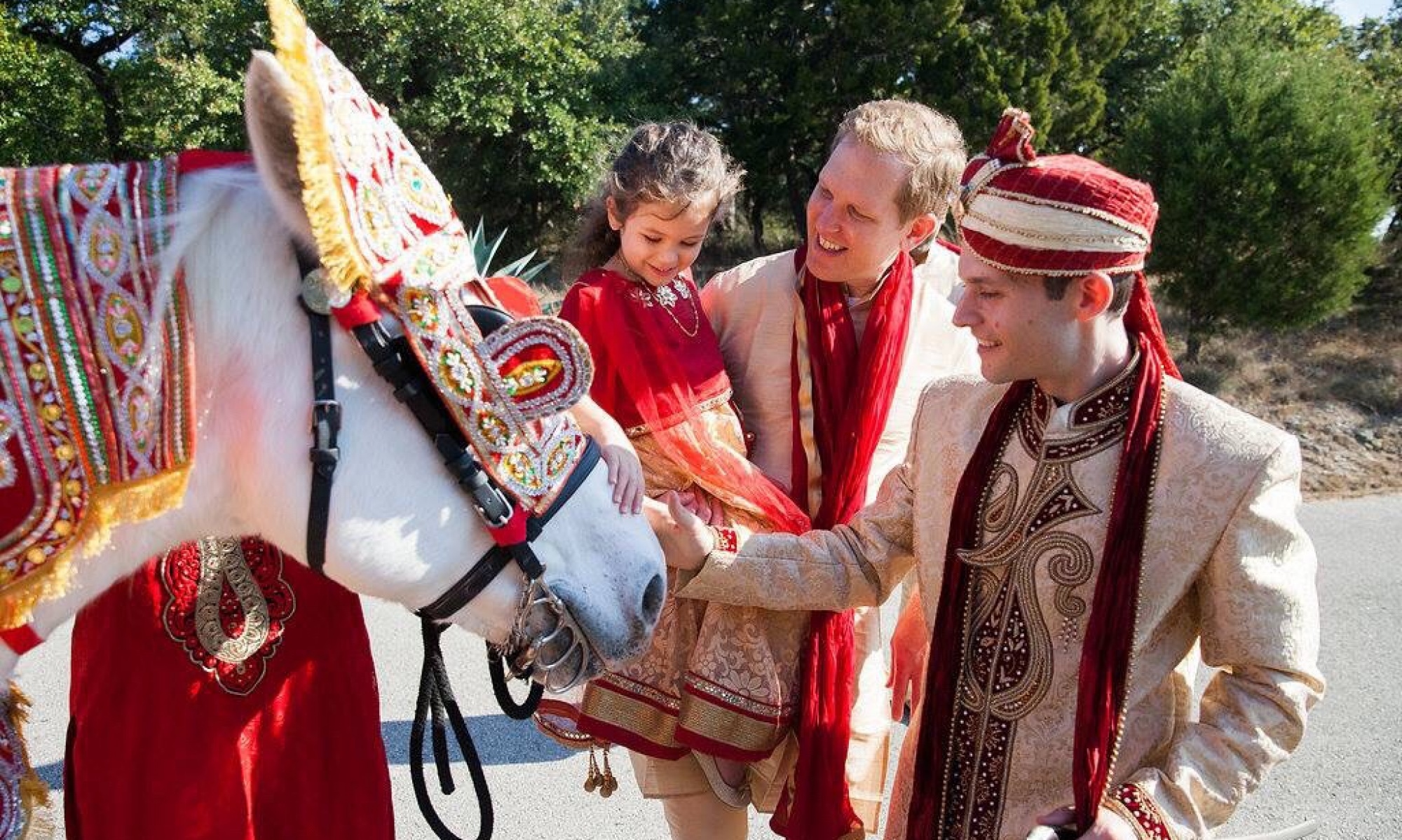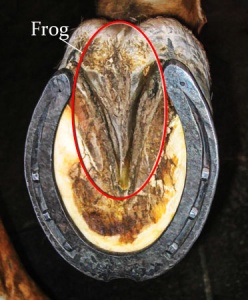Robin originally made this blog post for bestcarriagepros.com, a group she is a member of.
With the ongoing concerns that animals are treated humanely by anyone that shares space with them, I wanted to make sure the difference between Animal Rights & Animal Welfare was clearly defined. Many people are not even aware there is a difference. Please make sure you educate yourself before spreading possibly false information.
Below is a direct copy from The Animal Welfare Council (www.animalwelfarecouncil.org). The Animal Welfare Council is a non-profit, tax exempt (501-C-3) organization established for charitable and educational purposes. The Animal Welfare Council is committed to preserving interaction between animals and humans. They are dedicated to advancing the responsible and humane use of animals in recreation, entertainment, industry and sports.
“The issues surrounding the philosophies of animal rights and animal welfare are very familiar to those who utilize animals in industry, entertainment, sport or recreation. As society has migrated from our agricultural roots to a more urban existence, the importance of distinguishing between animal rights and animal welfare becomes paramount.”
ANIMAL WELFARE
Animal Welfare, as defined by the American Veterinary Medical Association, is a human responsibility that encompasses all aspects of animal well-being, including proper housing, management, disease prevention and treatment, responsible care, humane handling, and, when necessary, humane euthanasia.
- Animal welfare proponents seek to improve the treatment and well-being of animals.
- Animal welfare proponents believe that humans can interact with animals in entertainment, industry, sport and recreation, and industry, but that the interaction should include provisions for the proper care and management for all animals involved.
- Animal welfare proponents support self-regulation of animal sports, including rodeo, polo, three-day eventing, FFA competitions, horse racing, field trials and endurance riding.
- Animal welfare groups utilize scientific evidence to base animal care and handling guidelines.”
For example, if you support Animal Welfare, you have no problem purchasing a dog to be used to protect your home and family while providing a loving home for it.
ANIMAL RIGHTS
Animal Rights is a philosophical view that animals have rights similar or the same as humans. True animal rights proponents believe that humans do not have the right to use animals at all. Animal rights proponents wish to ban all use of animals by humans.
- Animal rights proponents support laws and regulations that would prohibit rodeos, horse racing, circuses, hunting, lifesaving medical research using animals, raising of livestock for food, petting zoos, marine parks, breeding of purebred pets and any use of animals for industry, entertainment, sport or recreation.
- Animal rights proponents believe that violence, misinformation and publicity stunts are valid uses of funding donated to their tax-exempt organizations for the purpose of helping animals.
- Arson, vandalism and assault are common tactics used by underground animal rights groups to further the animal rights cause. Groups such as the Animal Liberation Front, which has been classified as terrorist by the FBI, routinely use criminal activities to further their cause.”
For example, if you support Animal Rights, you think it is wrong for the person with the above-mentioned guard dog to own that dog, much less expect it to protect your home and family from a burglar.
All the people that work for & under Fantasia Carriage fall into the Animal Welfare category. We feel it is perfectly acceptable for a well-cared for horse in proper fitting harness, to pull a carriage that any single adult could pull. Man pulls carriage



